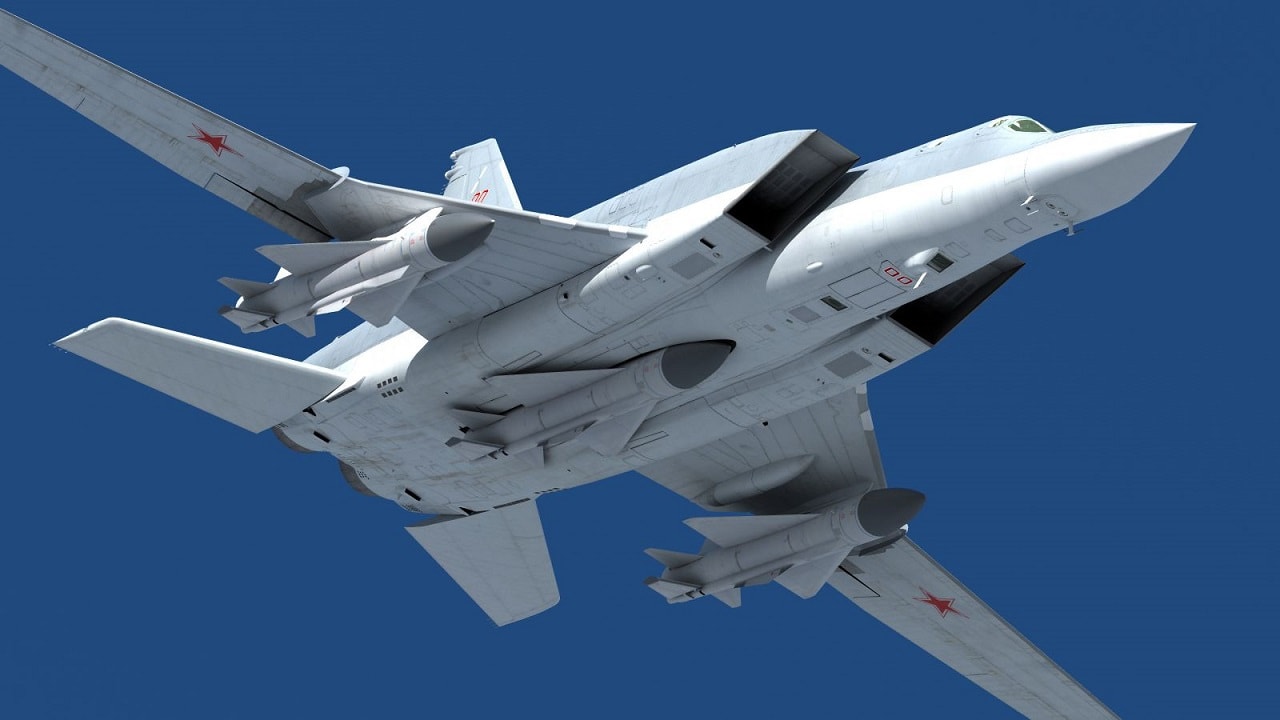Over the past month, the Russian military has launched hundreds of drones and ballistic and cruise missiles against Ukrainian urban centers and critical infrastructure sites.
Through these missile attacks, the Kremlin is seeking to inflict damage on a Ukraine that is winning on the battlefield.
The Russian military has been unable to achieve anything concrete on the ground, suffering a string of humiliating defeats over the past three months.
Indeed, long-range strikes are the only way Moscow can be dangerous at this point of the war.
However, the Western sanctions on the Russian defense and aerospace industries, as well as more than nine months of war have taken their toll on the Russian missile stocks.
As a result, the Russian military has been using unarmed nuclear missiles against Ukrainian cities.
Russian Unarmed Nuclear Munitions Over Ukraine
Repeated missile attacks against Ukraine have taken a serious toll on the stocks of the Russian military.
In a recent assessment, the Ukrainian Military Intelligence stated that the ballistic and cruise missile stocks of the Russian forces are severely depleted, with availability ranging from 13 to 50 percent.
The Ukrainian assessment seems to be corroborated by missile remains from the attacks against Ukrainian cities and critical infrastructure.
In the latest barrages, Ukrainian officials recovered remains of unarmed nuclear missiles.
Moreover, in a recent update on the war, the British Military Intelligence assessed that the Russian military “is likely removing the nuclear warheads from aging nuclear cruise missiles,” using the unarmed missiles against Ukrainian urban centers and critical infrastructure.
“Open source imagery shows wreckage of an apparently shot-down AS-15 KENT air launched cruise missile (ALCM), designed in the 1980s exclusively as a nuclear delivery system.
The warhead had probably been substituted for ballast,” the British Military Intelligence assessed in its latest estimate of the war.
However, inert nuclear missiles aren’t that dangerous since they lack an explosive warhead.
To be sure, the missile will explode and cause damage just through its kinetic energy and any unspent fuel that is on the weapon system at the moment of impact.
Still, it won’t have the same destructive capabilities as a ballistic or cruise missile armed with an explosive warhead.
“Russia almost certainly hopes such missiles will function as decoys and divert Ukrainian air defences. Whatever Russia’s intent, this improvisation highlights the level of depletion in Russia’s stock of long-range missiles,” the British Military Intelligence assessed.
Ukrainian Air Defenses
The Ukrainian air defenses have been strengthened considerably after the U.S. and NATO sent anti-aircraft weapon systems and radars to Kyiv.
Some of the weapon systems delivered or committed to Ukraine include the National Advanced Surface-to-Air Missile (NASAMS)—which has been provided by the U.S. military and has had a 100 percent interception rate since deployed, according to U.S. Secretary of Defense Lloyd Austin—IRIS-T SLM System, which was provided by Germany, and Stormer anti-aircraft vehicles, provided by the United Kingdom.
The Ukrainian air defenses have been one of the main reasons why the Russian Aerospace Forces have failed to establish air superiority over Ukraine.
Expert Biography: A 19FortyFive Defense and National Security Columnist, Stavros Atlamazoglou is a seasoned defense journalist specializing in special operations, a Hellenic Army veteran (national service with the 575th Marine Battalion and Army HQ), and a Johns Hopkins University graduate. His work has been featured in Business Insider, Sandboxx, and SOFREP.

